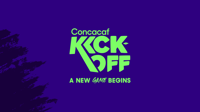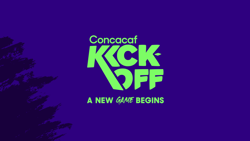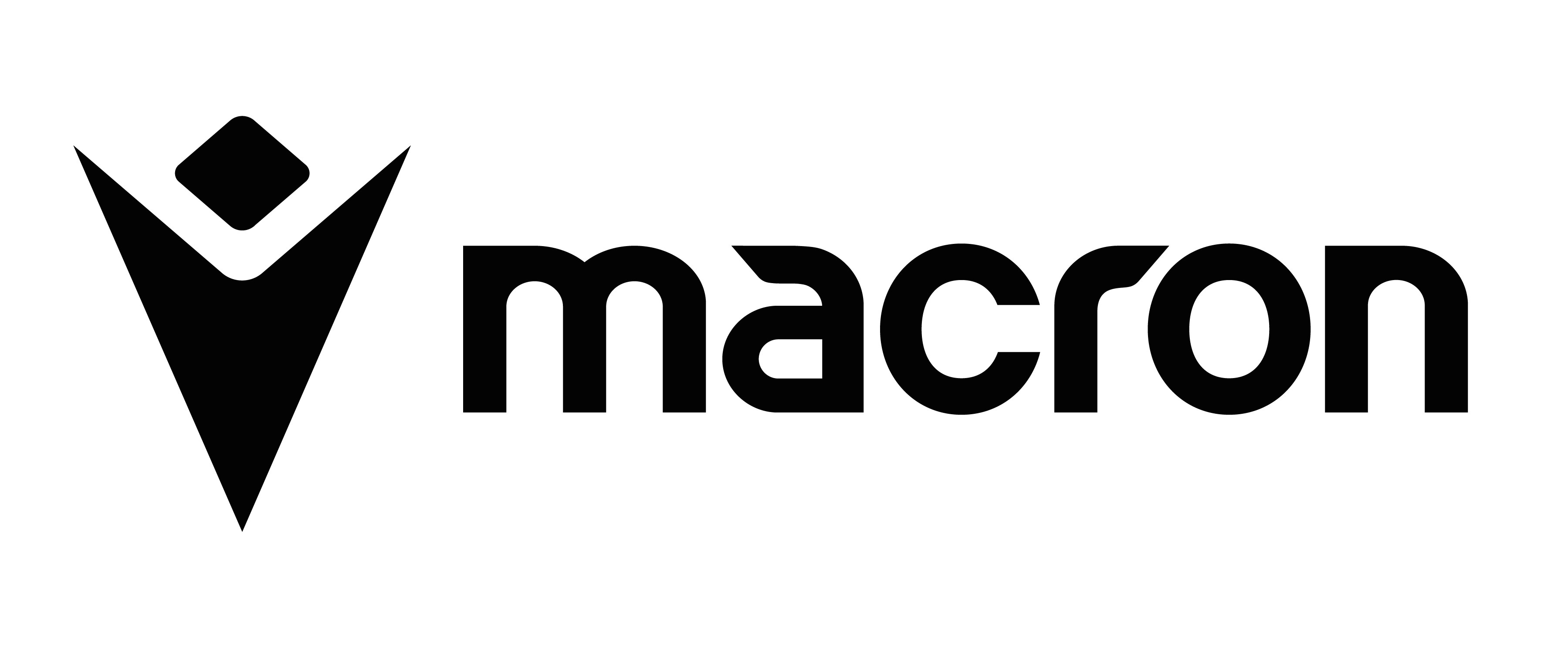MIAMI, Florida – This Friday at 7:00 PM ET, Concacaf will be airing a re-broadcast of two Concacaf Gold Cup classics, the first being the inaugural Gold Cup Final in 1991 between the United States and Honduras, followed by the 2019 Final between Mexico and the U.S. Both matches will be shown on Concacaf’s Facebook and YouTube pages, plus the Concacaf App.
The first edition of the tournament took place in 1991 in the United States, as have each of the subsequent 15 editions with the U.S. serving as the lone host or a co-host.
Eight teams split into two groups of four participated in the inaugural tournament from June 28-July 7, with Los Angeles serving as the host city in which 12 matches were played at the Los Angeles Memorial Coliseum and four at the Rose Bowl in Pasadena.
The second edition of the Gold Cup in 1993 saw the tournament expand into a new country, with Mexico serving as co-host and Mexico City’s famed Estadio Azteca as the site of the final.
There were several changes to the third edition of the Gold Cup in 1996. As opposed to playing mid-summer, the tournament was rescheduled to winter and the field was increased to nine teams, with three groups of three.
It was also the first time that a non-Concacaf team was invited to the tournament, with then-reigning FIFA World Cup champions Brazil competing. Other nations that were subsequently invited Gold Cups were Colombia, Peru, Ecuador, South Korea and South Africa.
Three years later in 1998, the tournament was expanded to 10 teams, and then starting in 2000, the tournament included 12 teams split into four groups of three teams, which would serve as the format for the 2002 and 2003 Gold Cups, the latter seeing a return to summer competition.
In 2005, Concacaf then switched the format of the group stage to 12 teams split into three groups of four teams, which was also used for the 2007, 2009, 2011, 2013, 2015 and 2017 tournaments prior to the expansion of the 2019 edition to 16 teams, with four teams in four groups.
In 2015, Canada served as a co-host for the first time ever, before Costa Rica and Jamaica co-hosted matches in the 2019 edition, marking the first time that the tournament was played in both Central America and the Caribbean.
Historically, qualification for teams that did not receive automatic bids was determined by their respective finishes in that year’s Caribbean Cup or Copa Centroamericana.
However, that changed for the 2019 edition with the advent of the Concacaf Nations League in which the top 10 teams in CNL Qualifying also earned a berth in the 2019 Gold Cup, joining the six teams that competed in the 2017 Concacaf Hexagonal.
Moving forward for the 2021 Gold Cup, qualifying for all teams is determined by performance in the CNL, with the top two finishers in each of the four groups of League A and the first-place team in each of the four groups from League B all assured a bid. The final four places are determined by a playoff system featuring the third-place teams from League A, the second-place teams from Group B and the first-place teams from League C.






































